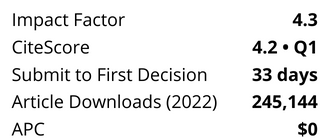Abstract
This study investigates the impact of different digital elevation model (DEM) resolutions on the topological attributes and simulated runoff, as well as the sensitivity of runoff parameters in the Mahabad Dam watershed in Iran. The watershed and streamlines were delineated in ArcGIS, and the hydrologic analyses were performed using the Soil and Water Assessment Tool (SWAT). The sensitivity analysis on runoff parameters was performed, using the Sequential Uncertainties FItting Ver. 2 algorithm, in the SWAT Calibration and Uncertainty Procedures (SWAT-CUP) program. The results indicated that the sensitivity of runoff parameters, watershed surface area, and elevations changed under different DEM resolutions. As the distribution of slopes changed using different DEMs, surface parameters were most affected. Furthermore, higher amounts of runoff were generated when DEMs with finer resolutions were implemented. In comparison with the observed value of 8 m3/s at the watershed outlet, the 12.5 m DEM showed more realistic results (6.77 m3/s). Comparatively, the 12.5 m DEM generated 0.74% and 2.73% more runoff compared with the 30 and 90 m DEMs, respectively. The findings of this study indicate that in order to reduce computation time, researchers may use DEMs with coarser resolutions at the expense of minor decreases in accuracy.




%20cropped.png?versionId=5947)